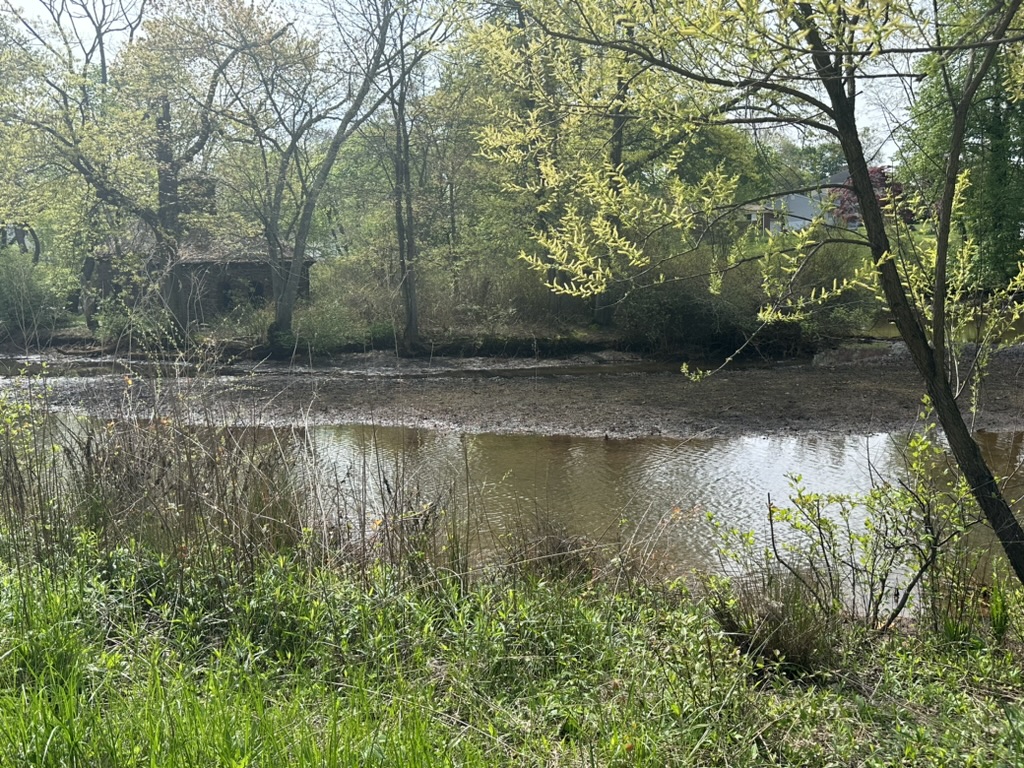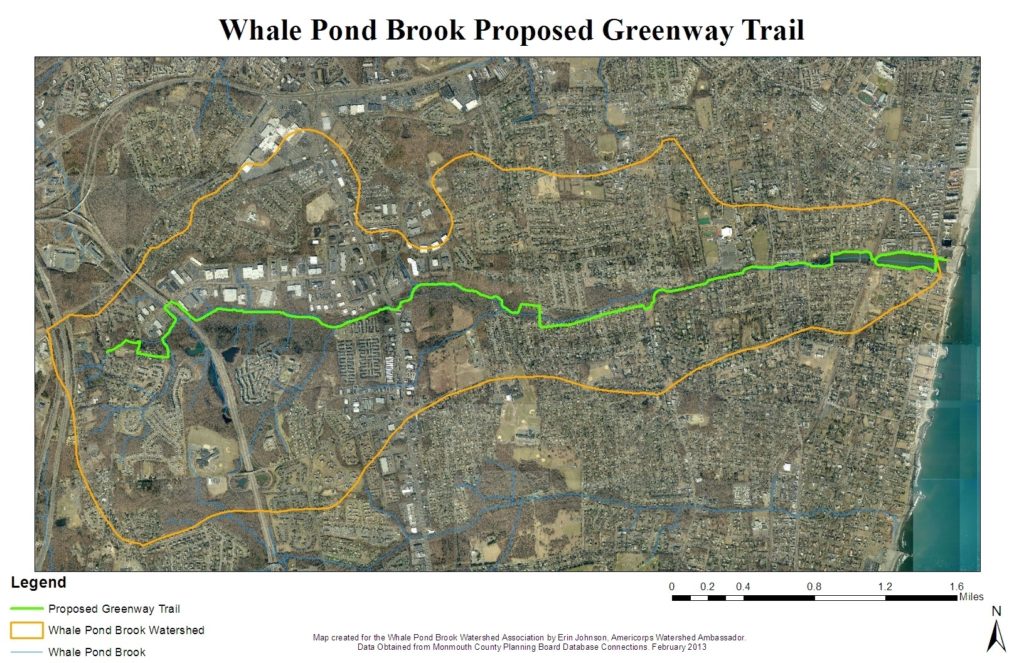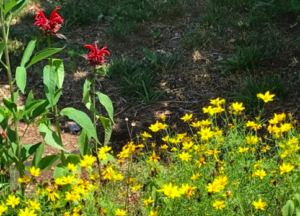[Long Branch, New Jersey] – May 28, 2024 – The Whale Pond Brook Watershed Association announced today that it was awarded an American Water Charitable Foundation 2024 Water and Environment grant, focusing on decreasing the amount of flooding and sedimentation on the Whale Pond Brook watershed at Ross Lake in Long Branch.
Faith Teitelbaum, Director of the Association said, “We are so pleased to receive this grant. It will enable us to create rain gardens and bioswales to slow down and filter pollutants from stormwater going into Ross Lake. To further mitigate the flow, rain barrels will be offered to residents whose drainpipes flow directly onto the driveway. This is called simple disconnection. We have two goals: reduce the number of times the corner of Elinore and Van Court Avenues flood and slow down the increasing sedimentation in Ross Lake”.

The Water and Environment grant is part of the American Water Charitable Foundation’s Keep Communities Flowing Grant Program. The Foundation is a 501(c)(3) organization established by American Water, the largest regulated water and wastewater utility company in the U.S., and aims to support high-impact projects and initiatives that further American Water’s commitment to ESG, as well as inclusion, diversity and equity.
“The American Water Charitable Foundation is committed to participating and investing in organizations and programs that benefit the diverse communities served by American Water,” said Carrie Williams, President, American Water Charitable Foundation. “We take pride and are proud to further American Water’s ongoing commitment to being a good neighbor and strong partner in the community.”
About The Whale Pond Brook Watershed Association
Our vision is to restore the eroded banks and water quality in the Whale Pond Brook watershed and be able to walk along a 6-mile suburban greenway from its source in Tinton Falls to the ocean in Long Branch. It includes historic places such as the 116-year-old Ross Island stone hut, the old Brinley grist mil site, the Great Hall at Monmouth University and the beautiful Takanassee Lake in Long Branch.
About American Water
American Water (NYSE: AWK) is the largest regulated water and wastewater utility company in the United States. With a history dating back to 1886, We Keep Life Flowing® by providing safe, clean, reliable and affordable drinking water and wastewater services to more than 14 million people with regulated operations in 14 states and on 18 military installations. American Water’s 6,500 talented professionals leverage their significant expertise and the company’s national size and scale to achieve excellent outcomes for the benefit of customers, employees, investors and other stakeholders.
For more information, visit amwater.com and join American Water on LinkedIn, Facebook, X and Instagram.
About American Water Charitable Foundation
The American Water Charitable Foundation is a 501(c)(3) nonprofit organization that provides a formal way to demonstrate the company’s ongoing commitment to be a good neighbor, citizen, and contributor to the communities where American Water and its employees live, work and operate. For more information, visit amwater.com/awcf.
Media Contact

































